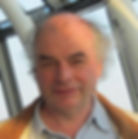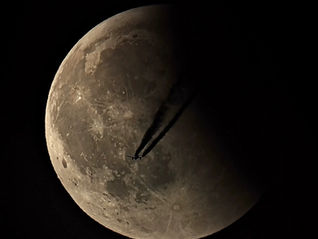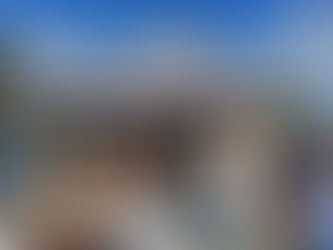
Flamsteed Astronomy Society
The Flamsteed is an amateur astronomy society, based at the Royal Observatory Greenwich
The Society is part of the membership organisation of Royal Museums Greenwich.
We are named after the first Astronomer Royal, John Flamsteed. We have around 500 members who represent the full range of interests and experience in astronomy.
Upcoming Events

 If Venus had a MoonThu 23 Oct
If Venus had a MoonThu 23 Oct
 The Secrets of GravityMon 08 Dec
The Secrets of GravityMon 08 Dec
 Christmas Social 2025Fri 12 Dec
Christmas Social 2025Fri 12 Dec

About Flamsteed Astronomy Society
The Society was founded in 1999, and is part of the membership organisation of Royal Museums Greenwich.
The Flamsteed has around 500 members who represent the full range of interests and experience in astronomy. Many are beginners. We are named after the first Astronomer Royal, John Flamsteed.
Our lecture meetings are held once a month between September/October and May/June, usually on a Monday evening, in the lecture theatre of the National Maritime Museum, or in the Peter Harrison Planetarium at the Royal Observatory Greenwich (ROG). The Society regularly holds observing evenings using members’ own telescopes. In addition the Society stages viewing sessions with the ROG’s Great Equatorial Telescope, the largest of its kind in the UK, and seventh largest in the world.
Contact Us
Have questions about the Flamsteed Astronomy Society? Please reach out — we’re happy to help.
You can join the society online via this link.
Location: Royal Obervatory Greenwich, Blackheath Ave, London SE10 8XJ, United Kingdom
By contacting us, you are subscribing to emails from the Flamsteed Astronomy Society. You can unsubscribe at any time by clicking on the link at the bottom of any email you receive from us.



















































